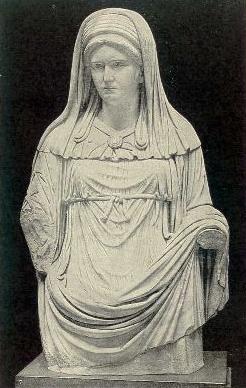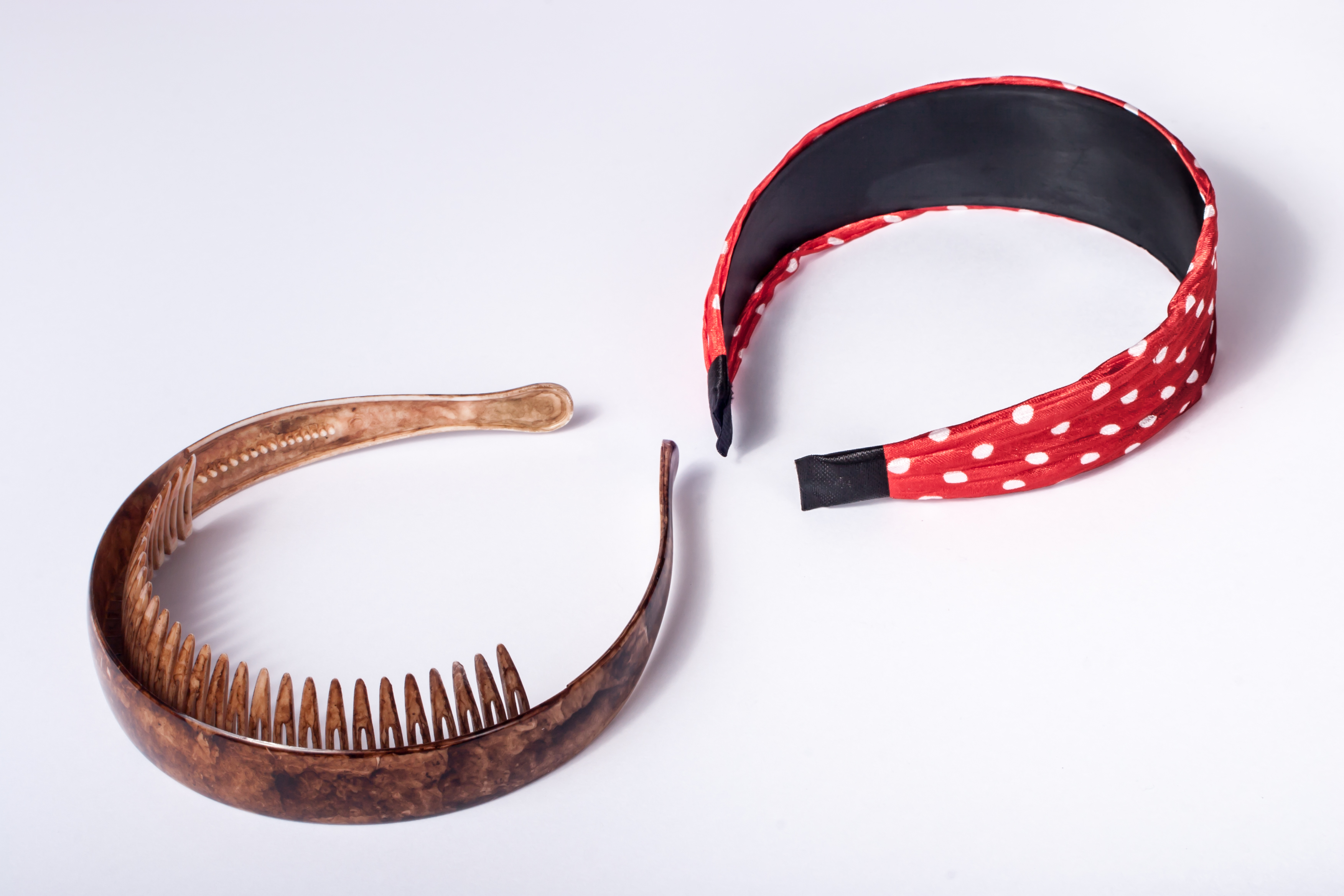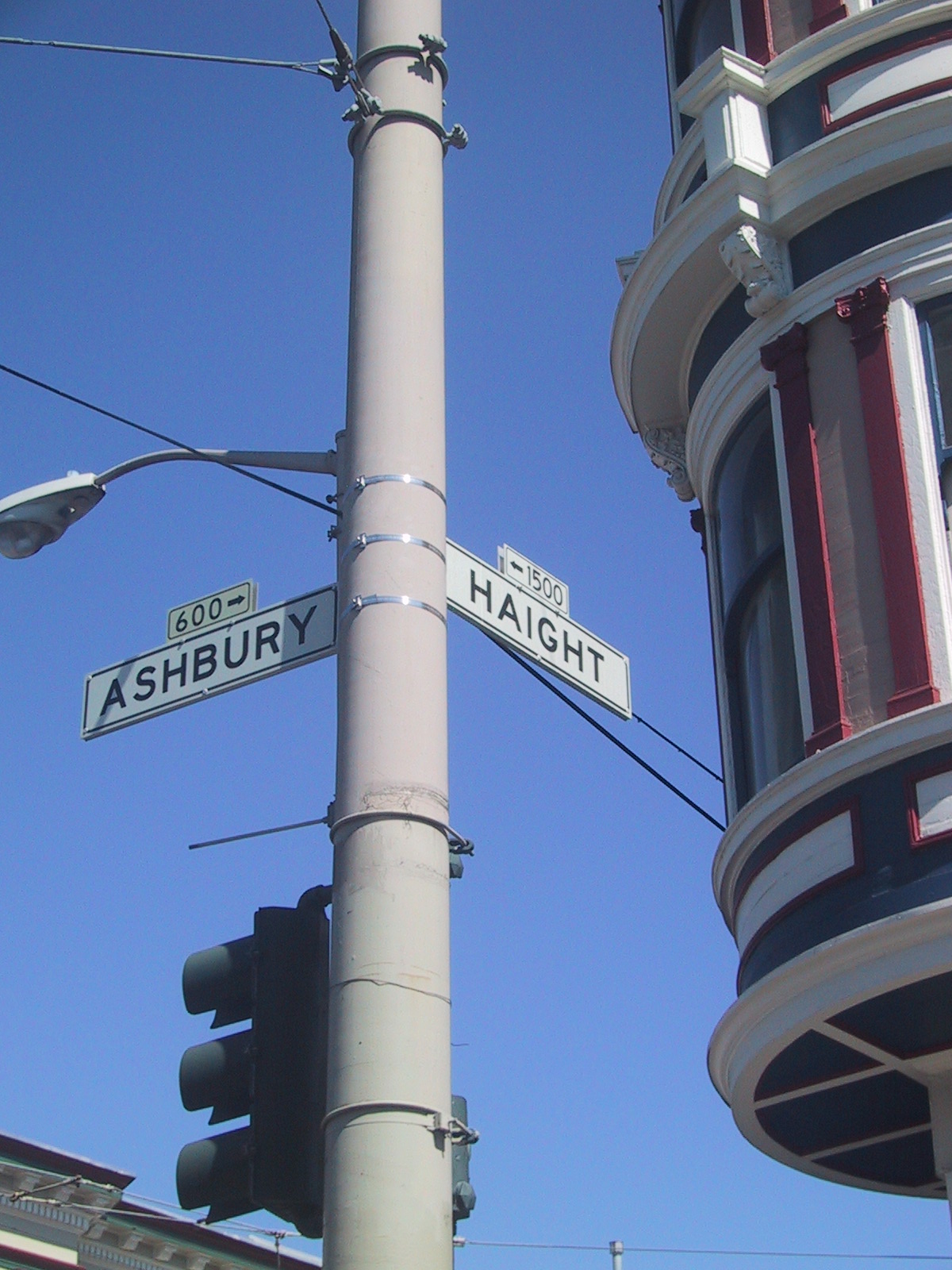|
Headband
A headband or hairband is a clothing accessory worn in the hair or around the forehead, usually to hold hair away from the face or eyes. Headbands generally consist of a loop of elastic material or a horseshoe-shaped piece of flexible plastic or metal. They come in assorted shapes and sizes and are used for both fashion and practical or utilitarian purposes. In the UK, horseshoe-shaped headbands are sometimes called " Alice bands" after the headbands that Alice is often depicted wearing in ''Through the Looking-Glass''. History Greeks and Romans The beginning of headbands was no later than around 475 BC to 330 BC, with the ancient Greeks, who wore hair wreaths. The Greeks and Romans wore these pieces for very special occasions or an important event. Cultures such as the Etruscans and Romans started to decorate their wreaths with jewels made up of gold and silver. While wreaths are certainly a likely beginning of today's headbands, some believe that current day hair ba ... [...More Info...] [...Related Items...] OR: [Wikipedia] [Google] [Baidu] |
1960s In Fashion
Fashion of the 1960s featured a number of diverse trends, as part of a decade that broke many fashion traditions, adopted new cultures, and launched a new age of social movements. Around the middle of the decade, fashions arising from small pockets of young people in a few urban centers received large amounts of media publicity and began to heavily influence both the ''haute couture'' of elite designers and the mass-market manufacturers. Examples include the mini skirt, miniskirt, culottes, go-go boots, and more experimental fashions, less often seen on the street, such as curved Polyvinyl chloride, PVC dresses and other PVC clothing, PVC clothes. Mary Quant popularized the mini skirt, miniskirt, and Jackie Kennedy introduced the pillbox hat; both became extremely popular. False eyelashes were worn by women throughout the 1960s. Hairstyles were a variety of lengths and styles. Psychedelic prints, neon colors, and mismatched patterns were in style. In the early to mid-1960s, Lo ... [...More Info...] [...Related Items...] OR: [Wikipedia] [Google] [Baidu] |
Veil
A veil is an article of clothing or hanging cloth that is intended to cover some part of the human head, head or face, or an object of some significance. Veiling has a long history in European, Asian, and African societies. The practice has been prominent in different forms in Judaism, Christianity, and Islam. The practice of veiling is especially associated with women and sacred objects, though in some cultures, it is men, rather than women, who are expected to wear a veil. Besides its enduring religious significance, veiling continues to play a role in some modern secular contexts, such as wedding customs. History Antiquity Elite women in ancient Mesopotamia and in the Rise of Macedon, Macedonian and Persian Empire, Persian empires wore the veil as a sign of respectability and high status. The earliest attested reference to veiling is found a Middle Assyrian Empire, Middle Assyrian law code dating from between 1400 and 1100 BC. Assyria had explicit sumptuary laws detailin ... [...More Info...] [...Related Items...] OR: [Wikipedia] [Google] [Baidu] |
Bandeau
A bandeau ( ; ; diminutive of the French word meaning 'strip') is a garment comprising, in appearance, a strip of cloth. Today, the term frequently refers to a garment that wraps around a woman's breasts. It is usually part of a bikini in sports or swimsuit. It is similar to a tube top, but narrower. It is usually strapless dress, strapless, sleeveless, and off the shoulder. Bandeaux are commonly made from Elastomer, elastic material to stop them from slipping down, or are tied or pinned at the back or front. In the first half of the 20th century, a "bandeau" was a narrow band worn by women to bind the hair, or as part of a headdress. Used for headband from 1706, for brassiere from 1915. Contemporary uses Modern swimwear The bandeau emerged as the top part of a two-piece swimsuit during the 1940s. In the 1950s the bandeau incorporated foundation so as to structure the contours of the body, while still retaining a relatively simple circle or band shape, emphasizing the bare midri ... [...More Info...] [...Related Items...] OR: [Wikipedia] [Google] [Baidu] |
Alice (Alice's Adventures In Wonderland)
Alice is a fictional character and the main protagonist of Lewis Carroll's children's novel ''Alice's Adventures in Wonderland'' (1865) and its sequel, ''Through the Looking-Glass'' (1871). A child in the mid-Victorian era, Alice unintentionally goes on an underground adventure after falling down a rabbit hole into Wonderland; in the sequel, she steps through a mirror into an alternative world. The character originated in stories told by Carroll to entertain the Liddell sisters while rowing on the Isis with his friend Robinson Duckworth, and on subsequent rowing trips. Although she shares her given name with Alice Liddell, scholars disagree about the extent to which she was based upon Liddell. Characterized by Carroll as "loving and gentle", "courteous to all", "trustful", and "wildly curious", Alice has been variously seen as clever, well-mannered, and sceptical of authority, although some commentators find more negative aspects of her personality. Her appearance changed fr ... [...More Info...] [...Related Items...] OR: [Wikipedia] [Google] [Baidu] |
Hippie
A hippie, also spelled hippy, especially in British English, is someone associated with the counterculture of the 1960s, counterculture of the mid-1960s to early 1970s, originally a youth movement that began in the United States and spread to different countries around the world. The word ''Etymology of hippie, hippie'' came from ''Hipster (1940s subculture), hipster'' and was used to describe beatniks who moved into New York City's Greenwich Village, San Francisco's Haight-Ashbury district, and Chicago's Old Town, Chicago, Old Town community. The term ''hippie'' was used in print by San Francisco writer Michael Fallon, helping popularize use of the term in the media, although the tag was seen elsewhere earlier. The origins of the terms ''Hip (slang), hip'' and ''hep'' are uncertain. By the 1940s, both had become part of African-American culture, African American Glossary of jive talk, jive slang and meant "sophisticated; currently fashionable; fully up-to-date". The Beats adopted ... [...More Info...] [...Related Items...] OR: [Wikipedia] [Google] [Baidu] |
Heavy Metal Music
Heavy metal (or simply metal) is a Music genre, genre of rock music that developed in the late 1960s and early 1970s, largely in the United Kingdom and United States. With roots in blues rock, psychedelic rock and acid rock, heavy metal bands developed a thick, monumental sound characterized by distortion (music), distorted guitars, extended guitar solos, emphatic Beat (music), beats and loudness. In 1968, three of the genre's most famous pioneers – British bands Led Zeppelin, Black Sabbath and Deep Purple – were founded. Though they came to attract wide audiences, they were often derided by critics. Several American bands modified heavy metal into more accessible forms during the 1970s: the raw, sleazy sound and shock rock of Alice Cooper and Kiss (band), Kiss; the blues-rooted rock of Aerosmith; and the flashy guitar leads and party rock of Van Halen. During the mid-1970s, Judas Priest helped spur the genre's evolution by discarding much of its blues influence,Walser (1 ... [...More Info...] [...Related Items...] OR: [Wikipedia] [Google] [Baidu] |
Alice Band
An Alice band is a type of hair accessory. It can consist of flexible horseshoe-shaped plastic or elastomer, elastic material forming a loop. The band is designed to fit over the head and hold long hair away from the face, but let it hang freely at the back. History The Alice band is said to have originated in the period around 1871, following the publication of Lewis Carroll's novel ''Through the Looking Glass''; at any rate, the name of the Alice band certainly comes from Alice (Alice's Adventures in Wonderland), Alice, Carroll's heroine. In John Tenniel's illustrations for this book, Alice is shown wearing a ribbon which keeps her long hair away from her face. The Alice band has had periods of popularity in adult fashion, most recently in the late 20th century, when velvet versions were popular among Sloane Rangers in the United Kingdom. The Alice band used to be an almost universally female item of clothing, but it has gained popularity among men in some countries, being us ... [...More Info...] [...Related Items...] OR: [Wikipedia] [Google] [Baidu] |
Beehive Hairstyle
The beehive is a hairstyle in which long hair is piled up in a conical shape on the top of the head and slightly backward pointing, giving some resemblance to the shape of a traditional beehive. It is also known as the B-52 due to a resemblance to the distinctive nose of the Boeing B-52 Strategic Bomber. The 1980s band The B-52's took their name from the hairstyle, which was worn by members Cindy Wilson and Kate Pierson. Origin It originated as one of a variety of elaborately teased and lacquered versions of " big hair" that developed from earlier pageboy and bouffant styles. It was developed in 1960 by Margaret Vinci Heldt of Elmhurst, Illinois, owner of the Margaret Vinci Coiffures in downtown Chicago, who won the National Coiffure Championship in 1954, and who had been asked by the editors of ''Modern Beauty Salon'' magazine to design a new hairstyle that would reflect the coming decade. She originally modeled it on a fez-like hat that she owned. In recognition of her achi ... [...More Info...] [...Related Items...] OR: [Wikipedia] [Google] [Baidu] |
Smog
Smog, or smoke fog, is a type of intense air pollution. The word "smog" was coined in the early 20th century, and is a portmanteau of the words ''smoke'' and ''fog'' to refer to smoky fog due to its opacity, and odour. The word was then intended to refer to what was sometimes known as pea soup fog, a familiar and serious problem in London from the 19th century to the mid-20th century, where it was commonly known as a London particular or London fog. This kind of visible air pollution is composed of nitrogen oxides, sulfur oxide, ozone, smoke and other Particulate matter, particulates. Man-made smog is derived from coal combustion emissions, vehicular emissions, industrial emissions, forest and agricultural fires and photochemical reactions of these emissions. Smog is often categorized as being either summer smog or winter smog. Summer smog is primarily associated with the photochemical formation of ozone. During the summer season when the temperatures are warmer and there is ... [...More Info...] [...Related Items...] OR: [Wikipedia] [Google] [Baidu] |
Silver Coin Of Bahram II (cropped)
Silver is a chemical element; it has Symbol (chemistry), symbol Ag () and atomic number 47. A soft, whitish-gray, lustrous transition metal, it exhibits the highest electrical conductivity, thermal conductivity, and reflectivity of any metal. Silver is found in the Earth's crust in the pure, free elemental form ("native metal, native silver"), as an alloy with gold and other metals, and in minerals such as argentite and chlorargyrite. Most silver is produced as a byproduct of copper, gold, lead, and zinc Refining (metallurgy), refining. Silver has long been valued as a precious metal. Silver metal is used in many bullion coins, sometimes bimetallism, alongside gold: while it is more abundant than gold, it is much less abundant as a native metal. Its purity is typically measured on a per-mille basis; a 94%-pure alloy is described as "0.940 fine". As one of the seven metals of antiquity, silver has had an enduring role in most human cultures. Other than in currency and as an in ... [...More Info...] [...Related Items...] OR: [Wikipedia] [Google] [Baidu] |
Summer Of Love
The Summer of Love was a major social phenomenon that occurred in San Francisco during the summer of 1967. As many as 100,000 people, mostly young people, hippies, beatniks, and 1960s counterculture figures, converged in San Francisco's Haight-Ashbury district and Golden Gate Park. More broadly, the Summer of Love encompassed hippie culture, spiritual awakening, hallucinogenic drugs, anti-war sentiment, and free love throughout the West Coast of the United States, and as far away as New York City. * * * * An episode of the PBS documentary series '' American Experience'' referred to the Summer of Love as "the largest migration of young people in the history of America". Hippies, sometimes called flower children, were an eclectic group. Many opposed the Vietnam War, were suspicious of government, and rejected consumerist values. In the United States, counterculture groups rejected suburbia and the American way and instead opted for a communal lifestyle. Some hippies ... [...More Info...] [...Related Items...] OR: [Wikipedia] [Google] [Baidu] |
Precious Gems
A gemstone (also called a fine gem, jewel, precious stone, semiprecious stone, or simply gem) is a piece of mineral crystal which, when cut or polished, is used to make jewelry or other adornments. Certain rocks (such as lapis lazuli, opal, and obsidian) and occasionally organic materials that are not minerals (such as amber, jet, and pearl) may also be used for jewelry and are therefore often considered to be gemstones as well. Most gemstones are hard, but some softer minerals such as brazilianite may be used in jewelry because of their color or luster or other physical properties that have aesthetic value. However, generally speaking, soft minerals are not typically used as gemstones by virtue of their brittleness and lack of durability. Found all over the world, the industry of coloured gemstones (i.e. anything other than diamonds) is currently estimated at US$1.55billion and is projected to steadily increase to a value of $4.46billion by 2033. A gem expert is a gemolog ... [...More Info...] [...Related Items...] OR: [Wikipedia] [Google] [Baidu] |












